Beginner Tips for Jungling in Season 11 of League of Legends
Looking to switch roles? Maybe you need some timers? Either way, here are some tips for jungling in League of Legends.
Looking to switch roles? Maybe you need some timers? Either way, here are some tips for jungling in League of Legends.
Arguably one of the hardest roles in League of Legends, and certainly the most undesirable because of its constantly changing environment, jungling has a lot of intricacies that are completely unique to what is found in the other positions in League of Legends. As a result, it’s important to have a good foundation to work on if you want to improve on your skills as a jungler. From basic jungling information, to routes, playstyles, and ganking strategies, this guide covers all the need-to-know information of the position with some examples that will help emphasize the importance of forethought, and efficiency in jungling.
Since the premise to jungling is gathering experience and gold through the neutral camp objectives, it’s important to know what time these camps spawn at, and how long they take to respawn. Here is a chart with that information that you can refer to:
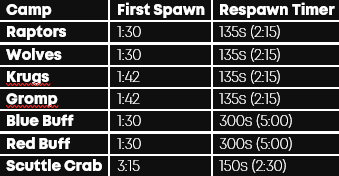
Note that Rift Herald, Dragon, and Baron are left out of this chart because they always have their timer available in the tab menu, but for reference: Rift Herald spawns at 8 minutes and respawns after 6 minutes. Dragon spawns at 5 minutes and respawns after 5 minutes. Baron spawns at 20 minutes and respawns after 6 minutes.

Jungle Timers 30 seconds into the game
Depending on what you want your first action to be by influencing a lane, you need to decide what your pathing will be to efficiently farm and set yourself in a position to gank or perform an action at a time that will most likely be successful. For example, A level 2 gank, where you start red buff and immediately gank a lane or invade with that red buff power spike. Another example is, buff-to-buff routes, as they are intended to use a quick pathing to get to level 3 while also getting double buffs maximizing your power over anyone else in the game at that time. This is useful if you want to impact the map as early as possible by counter jungling, ganking, etc. Another example is ‘speedrunning’ to level 6. This route is intended to rush to level 6 as fast as possible to outscale enemies and reach a massive power spike where you then decide to make your first action to influence the map.
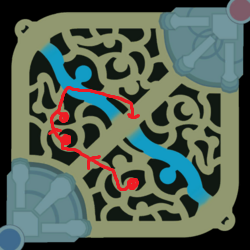
Example Jungle Route (Red -> Wolves -> Blue -> Flanking Gank Mid)
Generally, there are two types of clearing methods of camps, however, both do involve one thing, kiting. Jungling is perhaps the hardest role to master because of its constant requirement of perfectionism and efficiency. Thus, things like clear speeds, and health remaining after your clear, make a huge difference in what you're able to do after. Regardless of the champion you chose, kiting is crucial to making sure that you minimize the amount of damage that you take from the camp so you're healthy for ganks, counter jungling, skirmishes, or just to continue clearing. In short, kiting is all about cancelling the animation of your attacks, and using that window of time before your next attack to reposition, allowing you to potentially take less damage because the jungle monsters will stop attacking so they can move towards you to continue attacking. Not only will it allow you to be more healthy, but if done correctly, you can continue kiting the camps (without resetting them) to a position in the direction you are looking to move after clearing that camp, whether it's towards another camp, or a lane for a gank.
In terms of clearing methods, there are two types that are decided based on the type of damage your champion deals. To clear as efficiently as possible, champions with only single-target damage, should look to clear one camp monster at a time starting with the easiest to kill and working your way to the hardest to kill. Since you have no way of dealing damage to multiple at a time, by removing the one that is easier to kill first, it is removing one more monster that deals damage to you over time. In fact, one of the most common reasons for new junglers to be executed while clearing, is because of this. For example, a new Master Yi player may clear raptors starting with the biggest raptor. Not only is the biggest the one that deals the most damage, but it is the one that is hardest to kill, meaning the entire duration that the biggest raptor is alive, all of the smaller raptors are dealing damage that collectively, packs a real punch over time. The other method is for champions that have area-of-effect damage, where they can deal damage to multiple targets at once. These champions are free to target the biggest monster at the camp first, because well-placed abilities will also hit the smaller monsters and effectively deal more damage per ability, than just targeting one monster at a time. An example of this is Morgana, who can have her W ability applying damage over time to all monsters in the camp at the same time. So, while her W is active, she can focus her auto attacks on the largest monster of the camp because it will result in all the monsters dying around the same time. Below are examples of health and time to clear with both techniques on both champions:

Master Yi’s clearing difference is insignificant, and doesn’t save time, however, it leaves you with 38% more health using the ‘Smallest to Largest’ strategy.
Morgana’s Area-Of-Effect Damage is more than twice as fast for clearing than Single Target Damage and leaves her with almost 4.5x more health remaining.
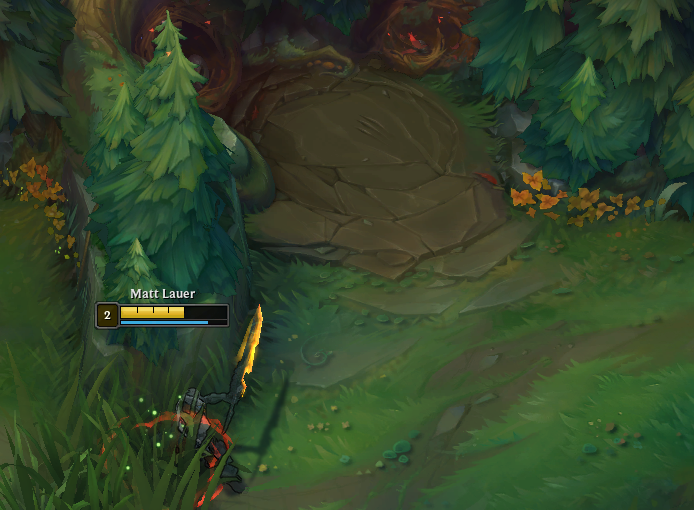
Master Yi Health after Proper Clearing
Part of being a great jungler is adapting to the game-state and being able to create a plan for success that will lead to better chances at winning the game. As most players are aware, the most successful junglers have successful ganks. Part of what makes a successful gank is knowing what the enemy is capable of, and whether a gank will be successful ahead of time. The easiest, and perhaps, most undervalued method of predicting the success of a gank, is knowing whether the enemy has their summoner spells that can be used to escape the gank or turn around and fight 1v2. Keeping track of Flash timer is vital for applying pressure and having successful ganks. There are very few champions that can escape easily without the use of flash, so communicating with teammates and keeping track of Flash timers is a must.
Other Summoner Spells to keep in mind are Heal, Cleanse, Ghost, Exhaust, and Ignite. Heal offers healing and a slight boost in move speed for a short duration that can be the difference in escaping a gank. One of the most common uses to escape ganks with Heal, is using it to increase movement speed to dodge a skill shot that is crucial for a successful gank, like Jarvan IV's E-Q knock-up. Cleanse allows the user to remove crowd-controlling abilities freeing them up to escape. The most common use for Cleanse is to break a chain of crowd-control to allow them to escape/dodge the rest of the crowd-controlling abilities, or just outright remove the only significant crowd-controlling ability that could result in a successful gank. Ghost allows the user to greatly increase their movement speed for a longer duration than heal making it a great option to just outrun the gank. Exhaust is important to keep track of because it reduces the speed of the targeted enemy and their damage output for a short duration. Against some champions, this is more than enough to be able to just walk away from the gank or prevent gank follow-up that makes it more of an even fight rather than an outnumbered one. Exhaust is a Summoner Spell to keep an eye on as well, because it is one that can be used to capitalize on mispositioning in ganks that can allow some laners to turn ganks around on the gankers and actually win a fight despite being outnumbered. The last on the list to keep an eye on is Ignite for the same reason, it can be unexpected damage that can easily be the difference between needing to run from a gank or being able to stay and fight. The last important Summoner Spell to keep an eye on, for a very different reason, is Teleport. After a successful gank, there are plenty of options available to the jungler and their laner. Making the right decision comes down to lane-state and whether the enemy has Teleport available for once they respawn. If they do have Teleport, it may be best to shove in the wave with your laner to force them to teleport back to lane to not lose out on more experience and prevent the inevitable slow push back. Otherwise, if they do not have Teleport, it denies them plenty of experience and gold, and will create a slow push back towards your laner, allowing them to freeze the wave further denying them gold, allowing your laner to recall freely, and making them vulnerable to a repeat gank.
Below are Summoner Spell Cooldowns to remember:

Note: Teleport’s cooldown decreases as the champion levels up. The cooldown shaves roughly 12 seconds off each level.
First, it’s important to identify what type of junglers exist and then determine what they are good picks into:
Ganking junglers apply constant pressure on the enemies with ganks to snowball laners. Generally, these champions have mobility and heavy crowd control abilities. Ganking junglers want to be out influencing lanes as soon as possible which means ganking whenever they see the opportunity. Additionally, these champions are usually good picks into farming junglers. Example junglers: Jarvan IV, Lee Sin.

Farming junglers spend most of the early game farming camps as they respawn. These junglers even farm lanes as well when the opportunity arises. Farming junglers sacrifice ganking to minimize risk of income on the success of ganks. These champions generally have high scaling and damage to clear jungle camps immediately and are generally good into map control junglers. Farming junglers look to full clear and avoid any confrontation that can set them behind so they can scale up. Example junglers: Master Yi, Karthus.
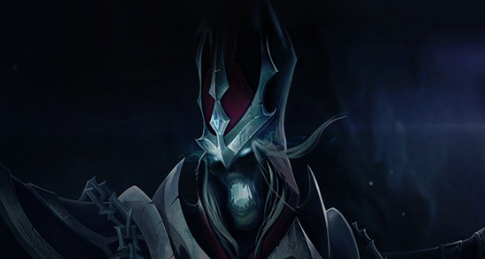
Map control junglers attempt to win by minimizing the enemy jungler’s pressure. These junglers use advantages for objective control over buffs, dragons, and heralds. These champions have very diverse abilities, but generally have good raw stats and sustain allowing them to compete with both other types of junglers, but normally, they perform best against ganking junglers because they are great at counter ganking. These jungler want to show their dominance all over the map through counter jungling, counter ganking, and neutral objective control. The playstyle is much more predictive and depends a lot on the enemy jungler’s playstyle. Example junglers: Nunu, Trundle.
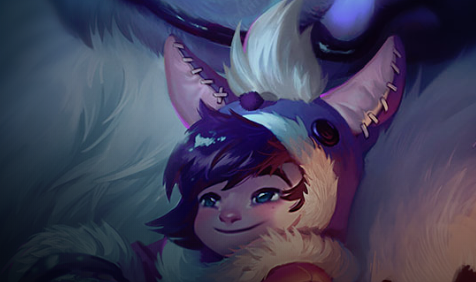
Not often referred to as a river gank, the river gank is the most common gank where the jungler approaches the lane via the river and uses the bush to get as close as possible to the enemy before approaching and becoming visible. River ganks work in all lanes and are the easiest ganks to perform, however, they are also the easiest ganks to avoid. The river is a neutral zone and hotly contested, so most players will always prefer to keep that area warded, and thus, can see enemies walking through it approaching their lanes.
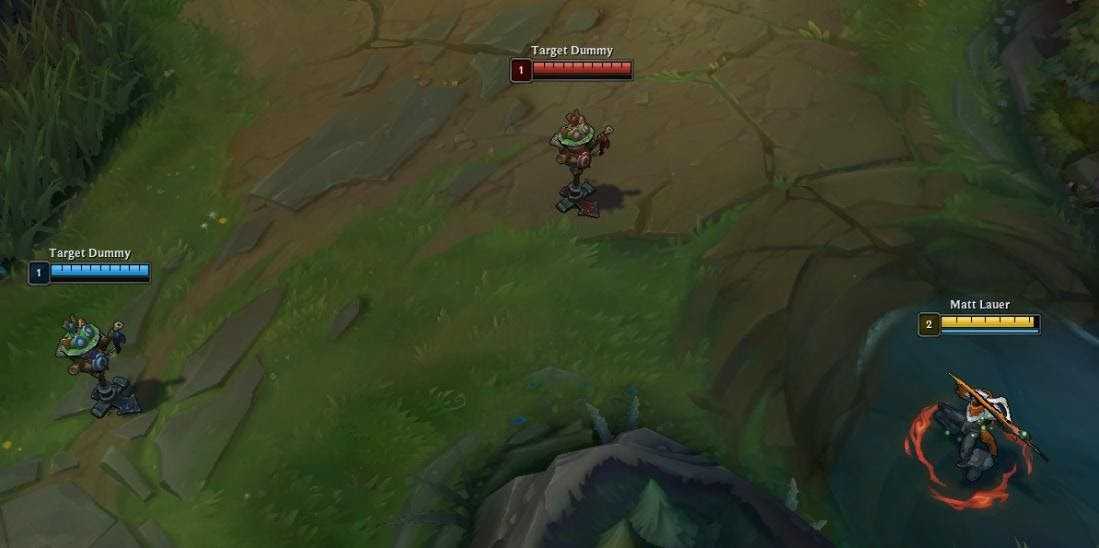
Sometimes referred to as a "loop" gank, is when a jungler uses the unique aspect of the lane to maneuver around vision to flank the enemy laner from behind. In the top and bot lanes, this is done through the tri-brush, making it only available to the team who doesn't have the tri-brush on their side of the map. In the mid lane, it's slightly different. Instead, junglers use the small paths from the tier one turrets towards the respective sides of the jungler to path behind enemies for an easy gank. As such, this can be done regardless of the side you start on and can be done from both red- and blue-side jungles. In general, side laners can avoid these ganks by placing a ward in their tri-brush and making sure not to overextend in a way that would make them vulnerable to a lane gank. In the mid lane, it's incredibly difficult as there are both sides to worry about, and not enough wards to cover them all. So junglers out there, this is your ideal route when ganking mid laners.
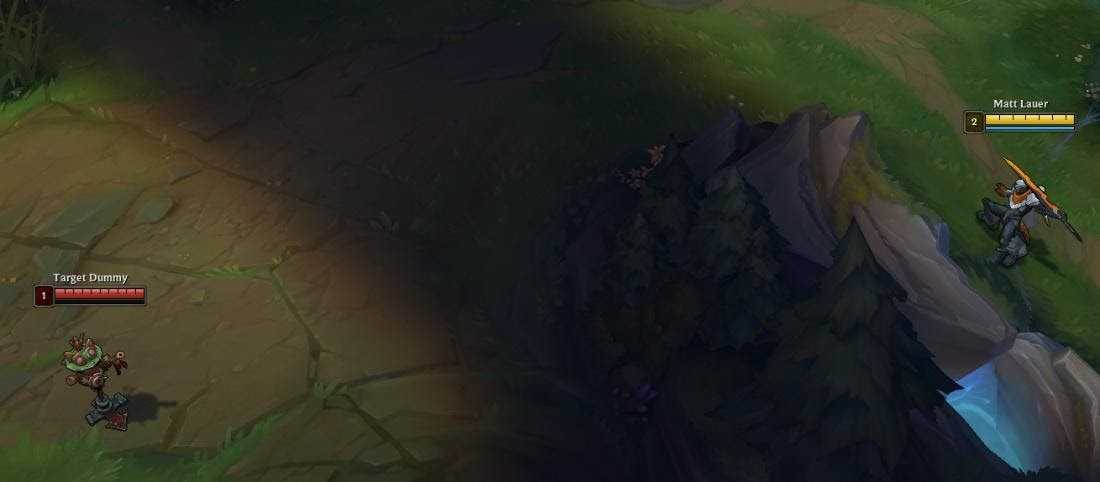
It is the riskiest gank to pull off but can easily be the most rewarding. A good tower diving gank requires premeditation and good communication to be effective. Ideally, the laner prepares a slow push that they want to crash into the enemy tower. Timing the gank with the wave crashing, when successful, will not only mean a lot of damage on the turret as the minions can freely attack, but the enemy will be unable to gather the experience and gold that comes from those waves of minions dying to the tower. A successful tower dive can single-handedly win a lane-phase. Just be sure to understand the risks based on the champions involved in the dive, the champion(s) you are diving, and the potential risk of enemy champion(s) that may show up unannounced (via Teleport, counter gank, etc.).
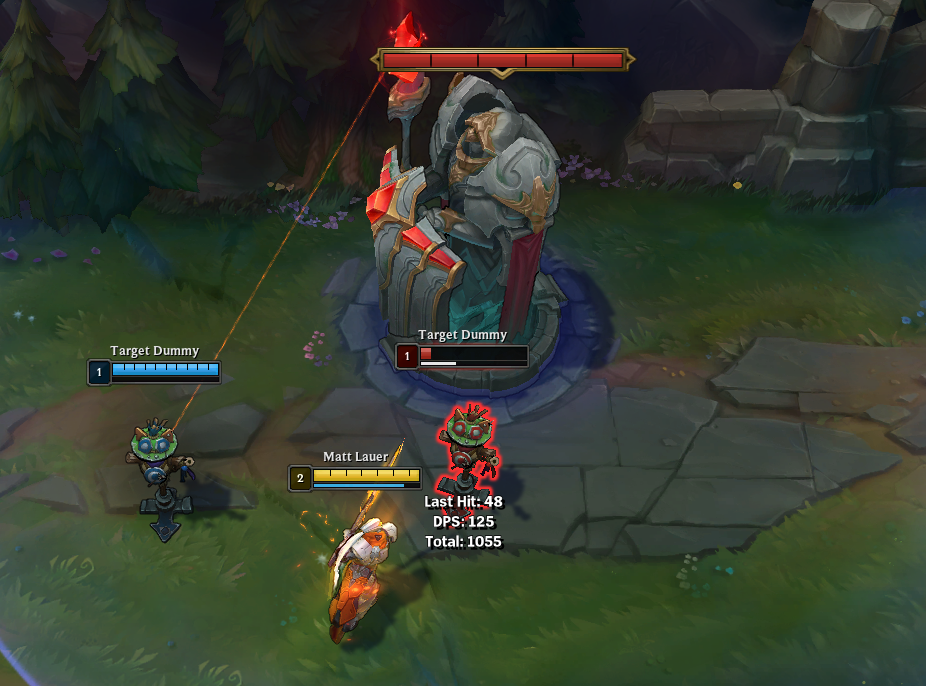
Lane ganking is perhaps one of the most effective ganks available because they are generally difficult to see coming. Like a tower dive, a lane gank does rely on some communication, however, not nearly as much. In a lane gank, the laner manipulates the wave to allow the jungler to sneak into one of the bushes in the lane where the enemy laner is least expecting you. Generally, this is done through shoving the wave to turret, and the jungler walking into the bush through the lane where there likely is no enemy vision that would be able to spot them out. Some champions can even do one better and can lane gank without manipulating waves at all. Essentially, some junglers have abilities that allow them to simply run down the lane straight at the enemy and apply some sort of crowd-control that will increase the likelihood of the gank being successful.
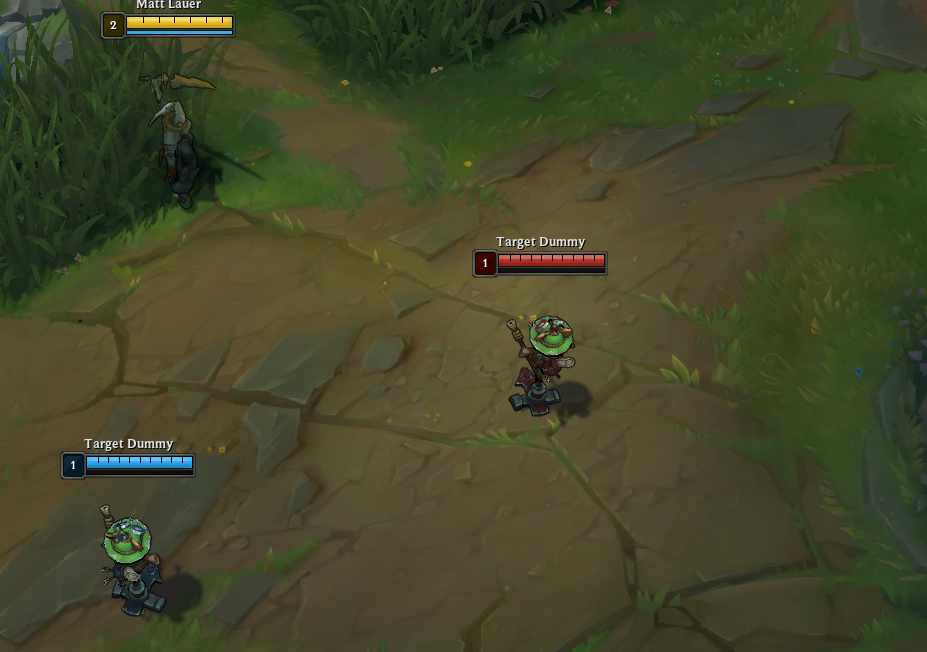
Counter ganking is easily one of the most impactful ways of turning the tides of a gank, and sometimes even the entire game. It is a gank with the intent to turn a fight in your team's favor where an enemy jungler is already ganking. Counter ganking is generally only good for champions that are in the map control category as they have high mobility and can react quickly to a gank, regardless of the place they are at the start of the gank. In general, counter ganking usually is very effective because the enemy is not aware of it coming and are focused on getting a kill in their gank, oftentimes leaving themselves vulnerable with their abilities spent trying to get kills.
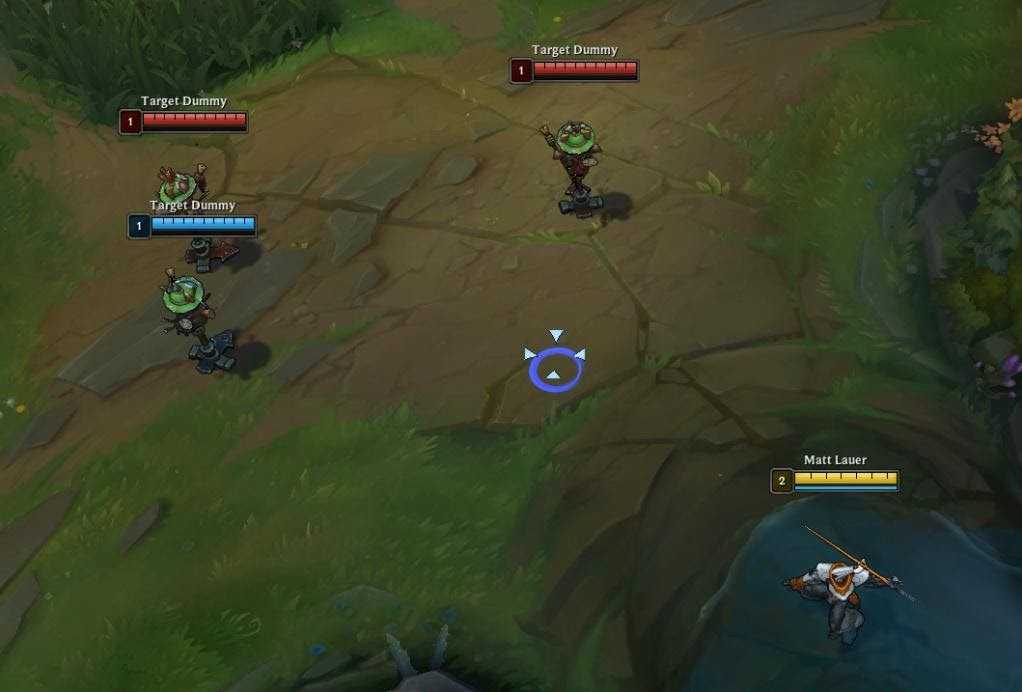
It's important to counter jungle when it makes most sense, depending on the type of jungler you are, and the type of jungler that the enemy is. If you are a farming jungler, you likely won't win any skirmish that could take place, and should only be counter jungling when you see the enemy on the other side of the map, making it safe to do so. For ganking junglers, and map control junglers, if you will win skirmishes, you can basically counter jungle whenever possible, so long as you will not be collapsed on by enemy laners with priority over their respective lanes. Otherwise, it's good to limit counter jungling to times when the enemy jungler is seen on the other side of the map, or you have aid from a laner with priority over their lane. Overall, counter jungling can be intimidating and risky, but with proper premeditation, it not only increases your experience and gold, but decreases the enemies at the same time, essentially doubling the effectiveness that clearing the same camps in your own jungle would have.
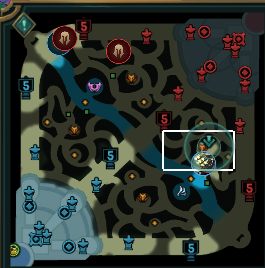
Once you understand when to counter jungle, knowing the best way to counter jungle is very important. Against farming junglers, the best way to counter jungle is to clear as much of the camp(s) as possible, while leaving one small monster left behind to prevent the camp from starting its respawn timer until the enemy jungler (or teammate) clears that monster. Against farming junglers this is vital to preventing them from full clearing camps and quickly scaling towards their power spikes. On the other hand, as a farming jungler, you actually want to clear the entire camp because it will respawn sooner and can be a camp that you can return to later to clear again as it spawns and creates even more gold income to scale to power spikes that much faster. In non-farming jungler matchups, it's usually best to leave a small monster left to prevent the camp from respawning sooner to be more of a hassle and prevent the enemy from being able to use camps as a way of gaining some income. Aside from these strategies, make sure to ward key areas of the enemy jungle to keep track of the enemy jungler's pathing and stay one step ahead!
In general, it’s a good idea to counter gank if your champion is a map controlling jungler, or if you’re a ganking jungler against either another ganking jungler or a farming jungler. Counter ganks can be done through reactivity, or prediction. Usually, a gank takes several seconds from start to finish, and if you are relatively close (same side of the map), then you can probably get there in time to participate, especially if you are a map controlling jungler. How do you predict an enemy gank? Generally, this can only be done in one of two ways. The easiest is when you have vision that provides you with the information to identify the enemy jungler pathing towards a lane that looks gankable. The other way is through putting yourself in your opponent's 'shoes' and trying to determine what lane is best to gank at any given time and assume that they are thinking the same thing. If your teammate needs to overextend top lane to break a freeze and doesn't have Flash, it's very likely they will be getting ganked (or at least, should be). If your mid laner is low on health and being greedy trying not to miss out on experience and gold under tower at level 5, they will probably get tower dove, and you should be ready to respond.
Overall, there are obviously a lot of things to keep in mind while jungling. It’s not an easy role by any stretch of the means and takes a lot of time and dedication to master. The more effort you put into taking every bit of information in the game to make better decisions around the map, the better the jungler you will be, and the better player you will be regardless of the position. It’s very difficult to learn jungling after being in other positions but going from jungling to other positions is much easier because of how much knowledge you can gather around every lane from each game. That’s what makes the position so hard, but also making it that much more worth learning!
Do your best and keep asking questions.
Good luck, Summoners!